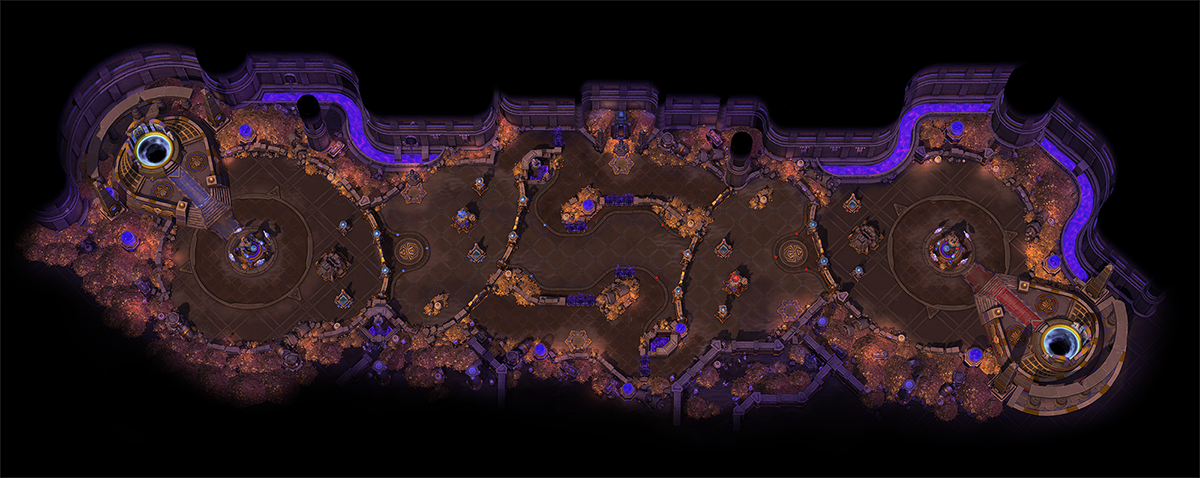

The focus of this paper, in part drawn from a previous survey of landed missions to Mars ( Arvidson, 2016), is on more recent missions because the scientific objectives have been tightly focused on the extent to which water has interacted with the surface and interior of Mars and the implications for habitability and life. In this chapter, key observations and inferences are reviewed that pertain to the presence of components needed for habitability on the surface and in the subsurface of Mars for the Spirit, Opportunity, and Curiosity rovers and the Phoenix Lander ( Fig. Aqueous history of Mars as inferred from landed mission measurements of rocks, soils, and water ice. Previous estimates for these lander locations were published in Folkner et al. This analysis provided a more accurate Mars rotation model not yet adopted by IAU. Values for VL1, VL2, and MPF are recent estimates of landing locations based on the analysis of radiometric tracking of the Opportunity Rover, while it was stationary during Martian winter. Latitude and longitude values are in areocentric coordinates. See text for references concerning instrumentation. Locations are given in areocentric coordinates with longitudes increasing toward the east.

Imaging, laser-induced breakdown and neutron spectrometers, meteorology package, radiation detectors, arm-based imager, APXS, brush, drill, and drill powder delivery to transmission XRD and GCMS with scanning laser spectrometer ( Grotzinger et al., 2012) Imaging, meteorology, atmospheric laser sounder, arm-based scoop and rasp with icy soil delivery to evolved gas analyzer, wet chemistry, arm-based imaging, soil conductance and conductivity probes ( Smith et al., 2009) Imaging, emission spectrometry, arm-based microscopic imager, APXS, Mössbauer spectrometry, Rock Abrasion Tool ( Squyres et al., 2003) Lander-based imaging, rover-based APXS ( Matijevic and Shirley, 1997) Soffen Memorial Station (Viking Lander 2) Imaging, seismology, meteorology, arm-based delivery of soil to GCMS, XRFS, three biology experiments ( Soffen, 1977) For the Phoenix Lander, which touched down above the northern Arctic Circle, vertical mobility using its robotic arm scoop and rasp to expose and collect subsurface icy soil proved to be just as important as lateral mobility for meeting this mission’s specific scientific objectives. This is evident in the Spirit, Opportunity, and Curiosity rovers’ abilities to traverse thousands of meters to reach and characterize outcrops, in part directed to specific locations based on the analysis of orbiter-based imaging and spectral data. Lateral mobility has proven to be key to understanding Mars.

When combined with the array of observations from orbiters, the data collected from these landed missions provide unique perspectives about the geologic evolution of Mars, including the role of water on and beneath the surface, and the implications for habitability and life.
Icy veins the lost vikings Patch#
Patch 2.4.0 (2): Icy Veins no longer increases the chance your chilling effects will Freeze the target, but now increases the chance to avoid interruption caused by damage while casting any spell by 100% while active.The United States has successfully operated four landers (Viking Landers 1 and 2, Pathfinder, and Phoenix) and four rovers (Sojourner, Spirit, Opportunity, and Curiosity) on the surface of Mars ( Table 4.1 and Fig.Patch 3.0.8 (): The spell pushback reduction from this talent now works on Frostfire Bolt.

Like most temporary self buffs, Icy Veins can be used off the global cooldown, and does not trigger it. Note that spells will cast at the faster cast time even if the Icy Veins buff expires while mid-cast or mid-channel, meaning that the buff is effectively longer than the 20 second buff duration. Like all haste effects, Icy Veins will speed up all channeled spells, such as and. Icy Veins does stack with Bloodlust and Heroism buffs from shamans, and Power Infusion from priests.


 0 kommentar(er)
0 kommentar(er)
